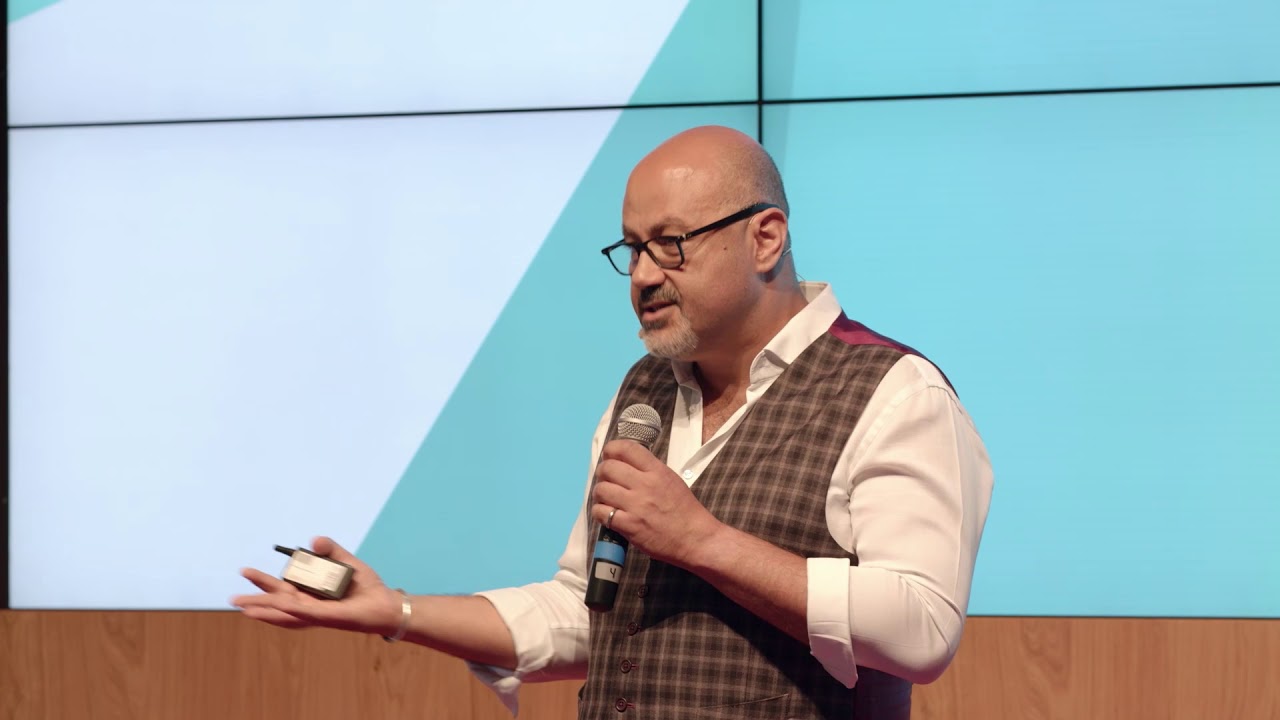Where are the exits in Africa?
This question often arises at African tech events and in social media groups featuring the continent’s ecosystem actors. When investors back companies, they expect to reap positive returns after a few years. But that only happens when those companies grow and become more valuable than they were at origin.
By this thinking, mergers and acquisitions are necessary indicators of the progress of the African market.
In these conversations, allowances are made for the fact that Africa is a young environment relative to Europe and North America. But that’s probably a good reason to make hay while the sun shines by understanding the rubrics of what makes a business environment ripe for M&As.
Victor Basta’s vantage point provides an informed explanation of the how’s and why’s of mergers and acquisitions. He is the founder and managing partner of Magister Advisors, a transactions advisory firm with offices in London and Silicon Valley.
In a career spanning 30 years, Basta has advised on over 120 transactions ranging from exits to equity financing rounds above $30 million. Some of his recent deals involve Cellulant’s $47.5 million Series C and Twiga Foods’ $30 million Series B round.
Basta believes Africa’s ecosystem today features entrepreneurs of very high quality, many of whom have been forged by the peculiar African challenges they have had to face and overcome.
“A lot of the costs companies take for granted in developed markets have to be invested into in Africa,” Basta said as the guest on TechCabal Live last week.
These entrepreneurs become of “better quality than the CEOs we have and are working with in Europe.”
That said, these initial costs – of organising logistics and distribution almost from scratch – create a challenge to building really large companies that eventually become fit for big acquisitions.
This conundrum applies in both West and East Africa, Basta says. And because the adjoining markets are small in both regions, building a regional business is often less rosy than headlines of a given company “expanding across Africa” makes it seem.
“It’s much harder building a company of scale than gaining a high valuation,” Basta said.
This difficulty affects the pool for M&A deals that can be done. Investors want to be convinced of a given company’s capacity to execute on the value they propose. When such companies fail, it imparts a negative effect on the perception of the market.
There have been encouraging signs.
Two acquisitions this year have been positive for Africa’s M&A narrative: MFS Africa’s acquisition of Uganda-based Beyonic and the acquisition of Direct Pay Online (DPO) Group by Network International.
At the moment, Magister is overseeing the early stages of equity financing deals for three African companies, Basta said.
A South African company founded in 2006, DPO was acquired for $288 million and is only present in South Africa and Kenya. In Basta’s view, the company was able to make the case that it is a pan-African platform able to help Network International have a wider presence in other African countries.
The acquisition gives a sense of the kinds of deals buyers are looking for: realistic opportunities to extend operations beyond one or two geographies. Big buyers are happy to pay very large sums for a business that are well on their way to fulfilling their ambition rather than invest in those that need substantial help in finding their market fit.
But companies have to begin early to prepare to be noticed by the right buyers if they want to be valued at strategic prices, Basta said. Ideally, preparation should begin six to nine months before transaction negotiations are expected to begin but he says that happens only 25% of the time.
The tiers of due diligence required for large M&A deals take up long periods. With COVID-19 in play, the process might last longer than before because “people are more skittish” and “the tolerance for things not being quite right today is a fraction of what it was six months ago”
Magister’s guidance is that CEOs set 15% of their time aside for the early preparations involved for M&As, but only a minority – 5% of CEOs – follow this guidance as they struggle to combine other day-to-day interests with acquisition talks. Some simply do not appreciate the value of long term preparation.
Adequate preparation helps companies plan strategically for corporate marketing and for entering into useful commercial deals. These are aspects of what Basta calls the “aerial game” companies must initiate before engaging buyers in the “ground game.”
At all times, overcomplexity is to be avoided: “Buyers will pay more for something simple.”
Investors may be impressed by a sophisticated business but companies stand a better chance with landing investments when they package and present metrics in simple formats, such that the buyer is encouraged by what they see. That does not mean any skeletons will escape due diligence but it is good form to start the march with one’s best foot forward.
It is helpful when companies are able to demonstrate that they are capital efficient. This is a concern for investors and buyers who worry that the costs of vertical integration – handling logistics, distribution and other components of the value chain – hamper the business’s prospects.
Companies should make the case that those upfront costs are not wasted but give them the capacity for higher take rates. The need to show this capacity is peculiar in Africa relative to other geographies because of the need to balance low scale with high margins.
All of this – from adequate preparation on marketing, executing commercial deals and demonstrating high take rates – rest on having solid unit economics and an ability to demonstrate momentum in the end market:
“If you have those two and are deficient in others, you have a good shot,” Basta said.











